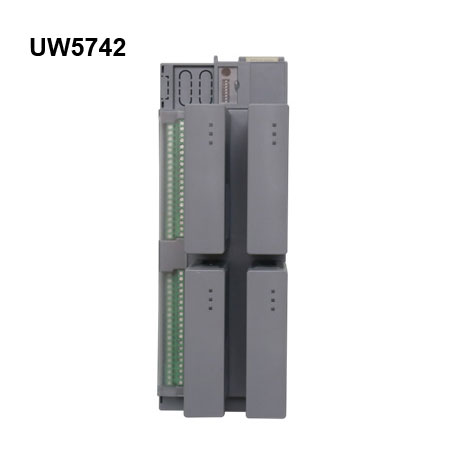Distributed Control System (DCS): Efficient and Reliable Industrial Automation
2025-07-23
A Distributed Control System (DCS) is an advanced automated control system used extensively in industrial processes to monitor and manage operations in real-time. Unlike centralized control systems, a DCS distributes control functions throughout multiple interconnected controllers, improving reliability, scalability, and fault tolerance.

What Is a Distributed Control System?
A DCS is a network of controllers distributed across various parts of a plant or facility. Each controller manages specific process segments and communicates with a central supervisory system. This decentralization allows for local control and decision-making, while maintaining overall system coordination through a central operator interface.
Key Components
Controllers: Embedded devices that perform control algorithms and manage inputs/outputs locally.
Human-Machine Interface (HMI): Graphical interfaces that operators use to monitor and control the process.
Communication Network: Connects controllers, sensors, actuators, and operator stations.
Field Devices: Sensors, valves, actuators, and other instruments that interact with the physical process.
Engineering Workstation: For configuring, programming, and maintaining the DCS.
Advantages of DCS
Improved Reliability: Distributed architecture reduces risk of total system failure.
Scalability: Easily expand the system by adding more controllers and devices.
Real-Time Control: Fast response and precise control of complex processes.
Enhanced Data Handling: Continuous data collection and historical trending.
User-Friendly Operation: Intuitive HMIs allow operators to make informed decisions.
Flexibility: Supports various control strategies and integration with other systems.
Common Applications
Power Generation Plants
Oil and Gas Refineries
Chemical Processing
Water and Wastewater Treatment
Pharmaceutical Manufacturing
Food and Beverage Production
How It Works
1. Sensors detect process variables such as temperature, pressure, flow, or level.
2. Local controllers process this data and execute control algorithms to adjust actuators.
3. Controllers communicate with each other and with operator stations to ensure coordinated control.
4. Operators monitor system status via HMIs and intervene when necessary.
5. Data logging and alarms help maintain safety and efficiency.
Conclusion
A Distributed Control System is a cornerstone technology for modern industrial automation. By distributing control intelligence across multiple nodes, it ensures robust, flexible, and efficient management of complex processes—leading to higher productivity, safety, and operational excellence.


